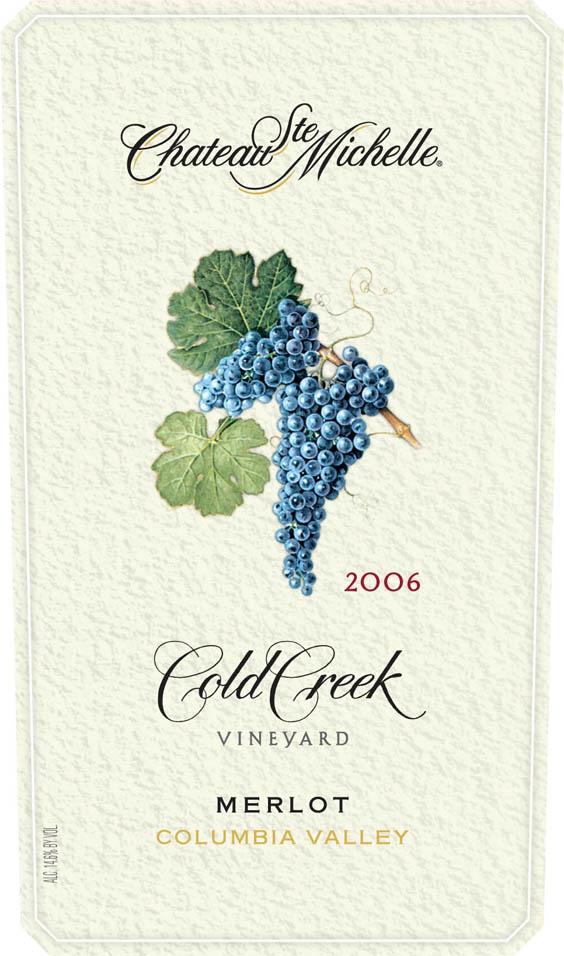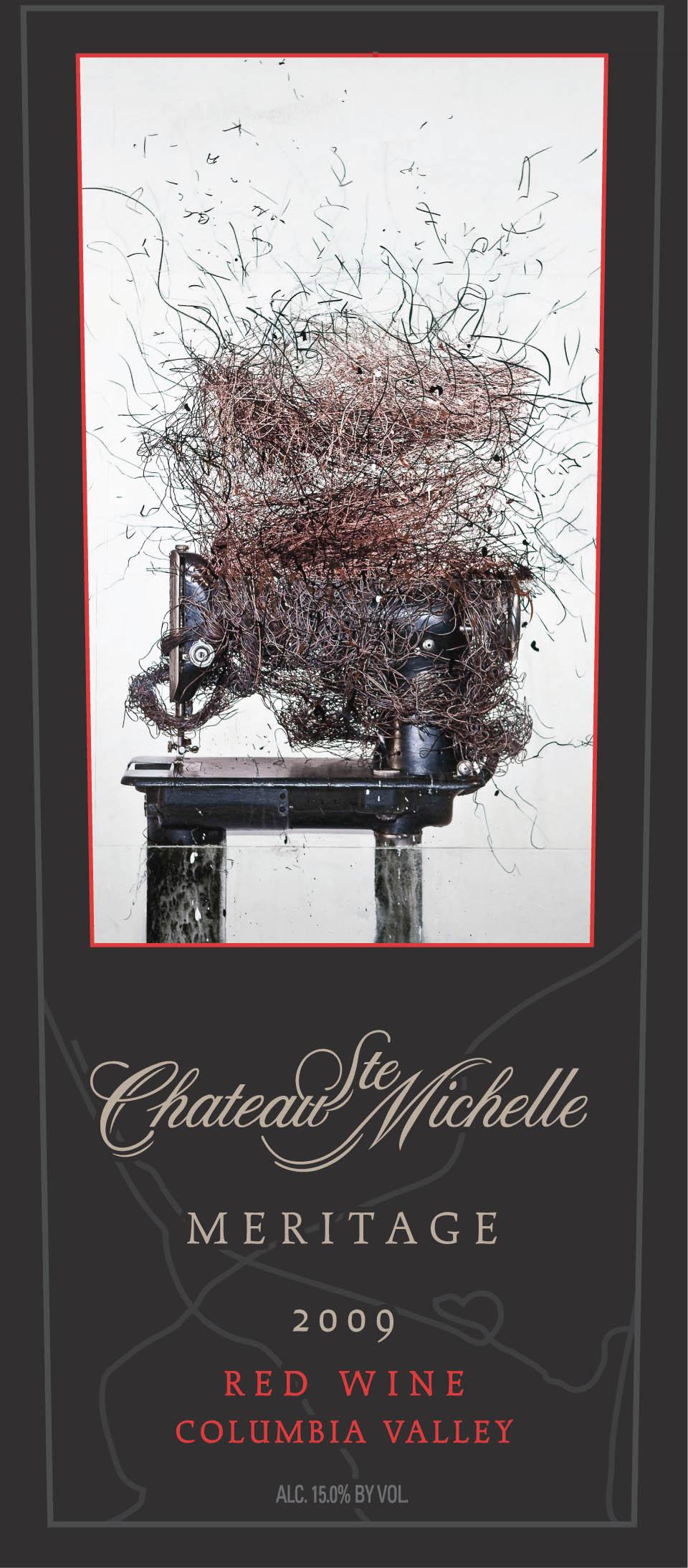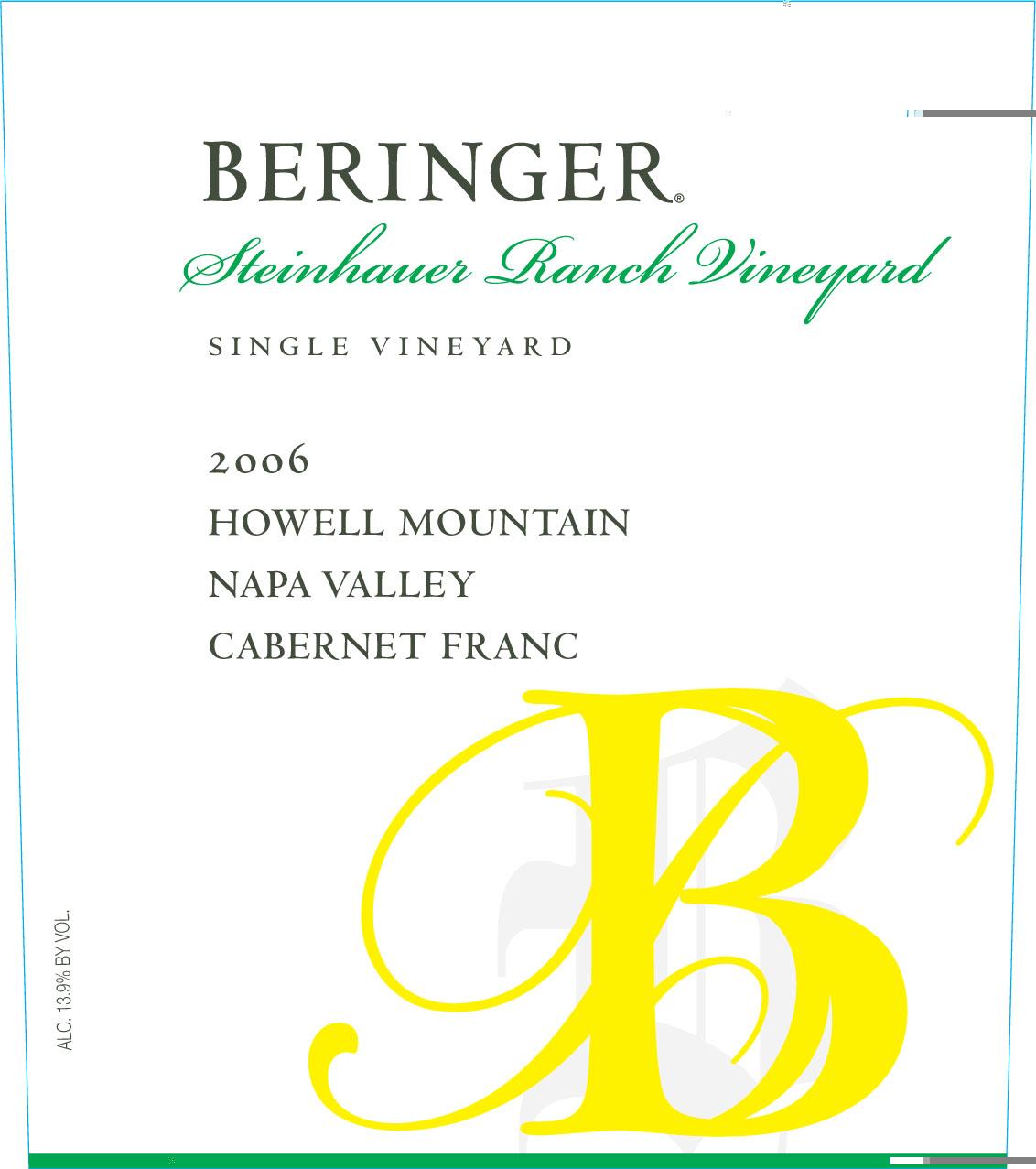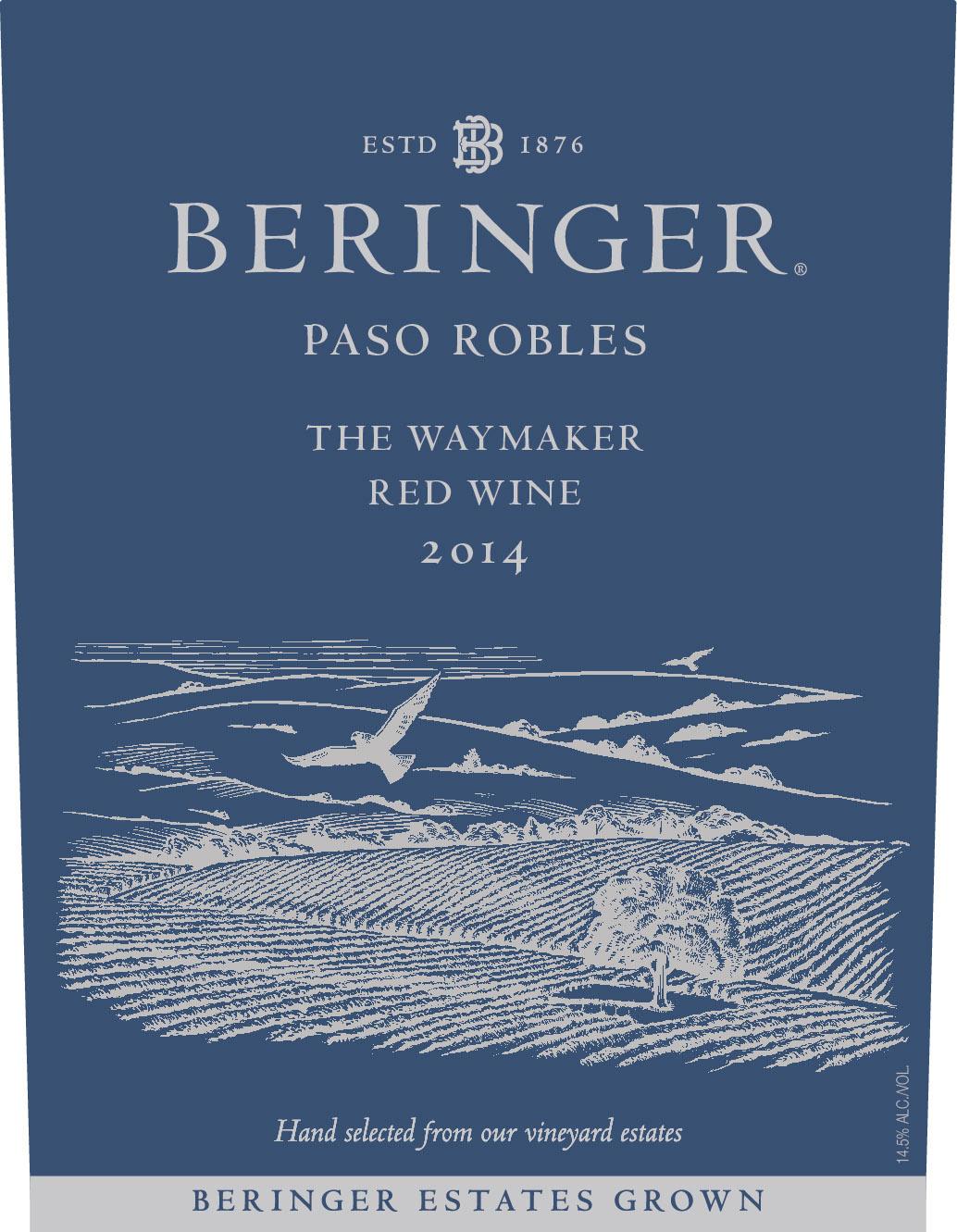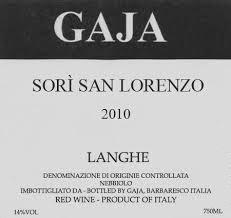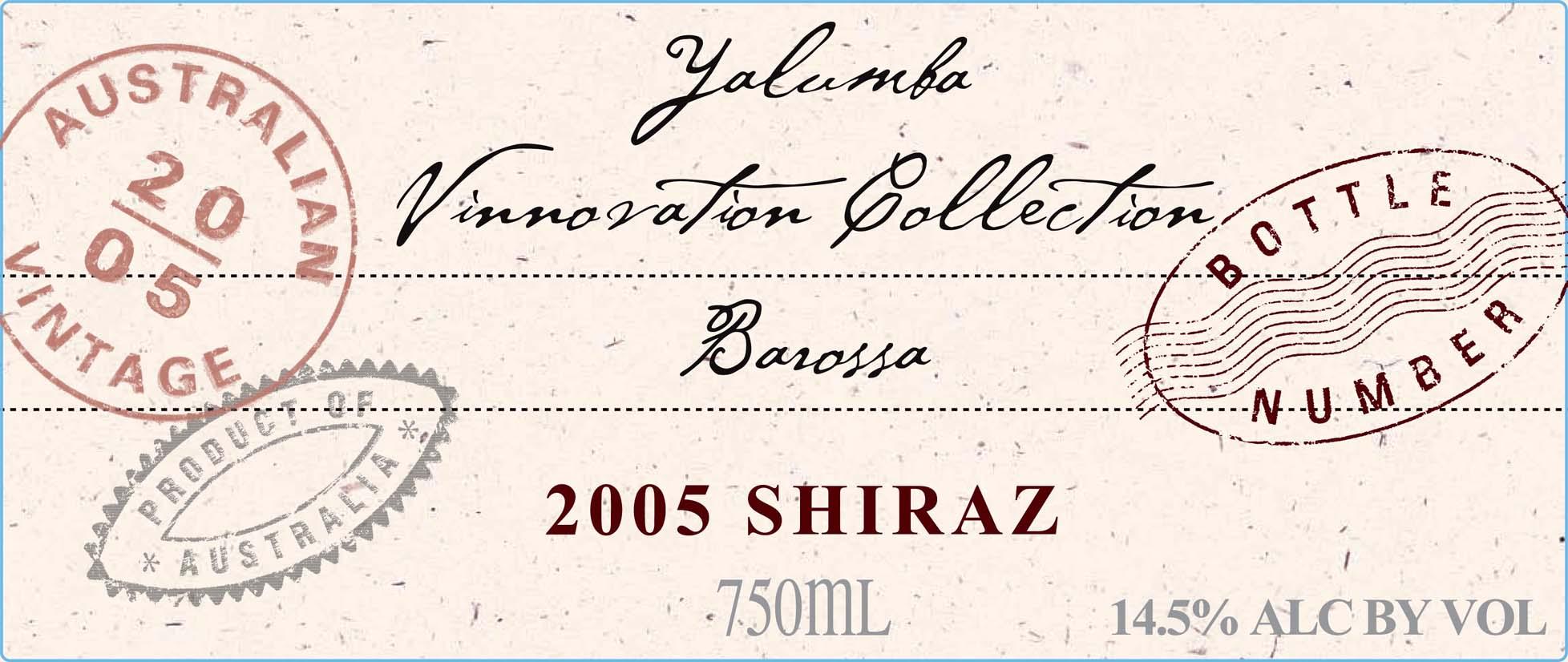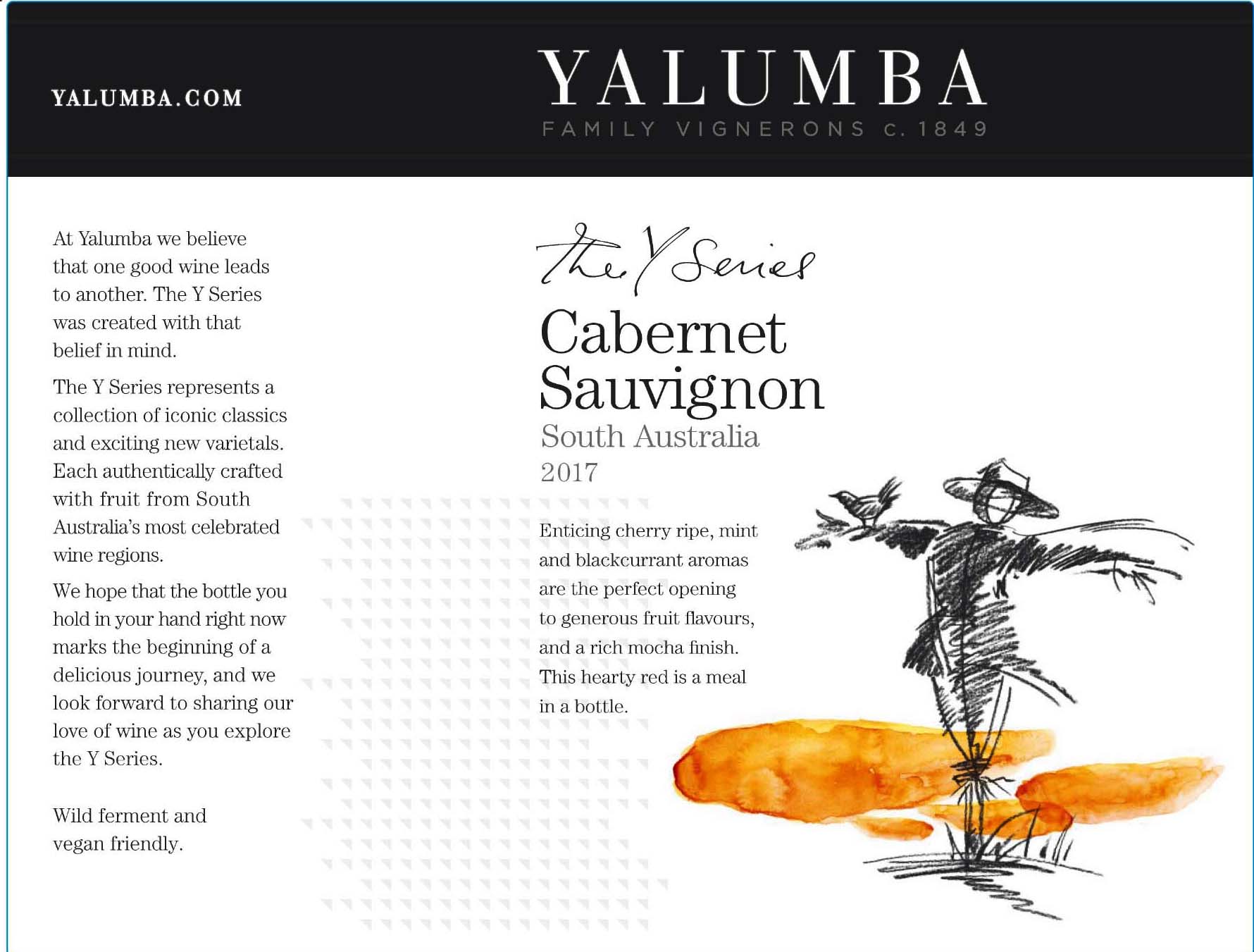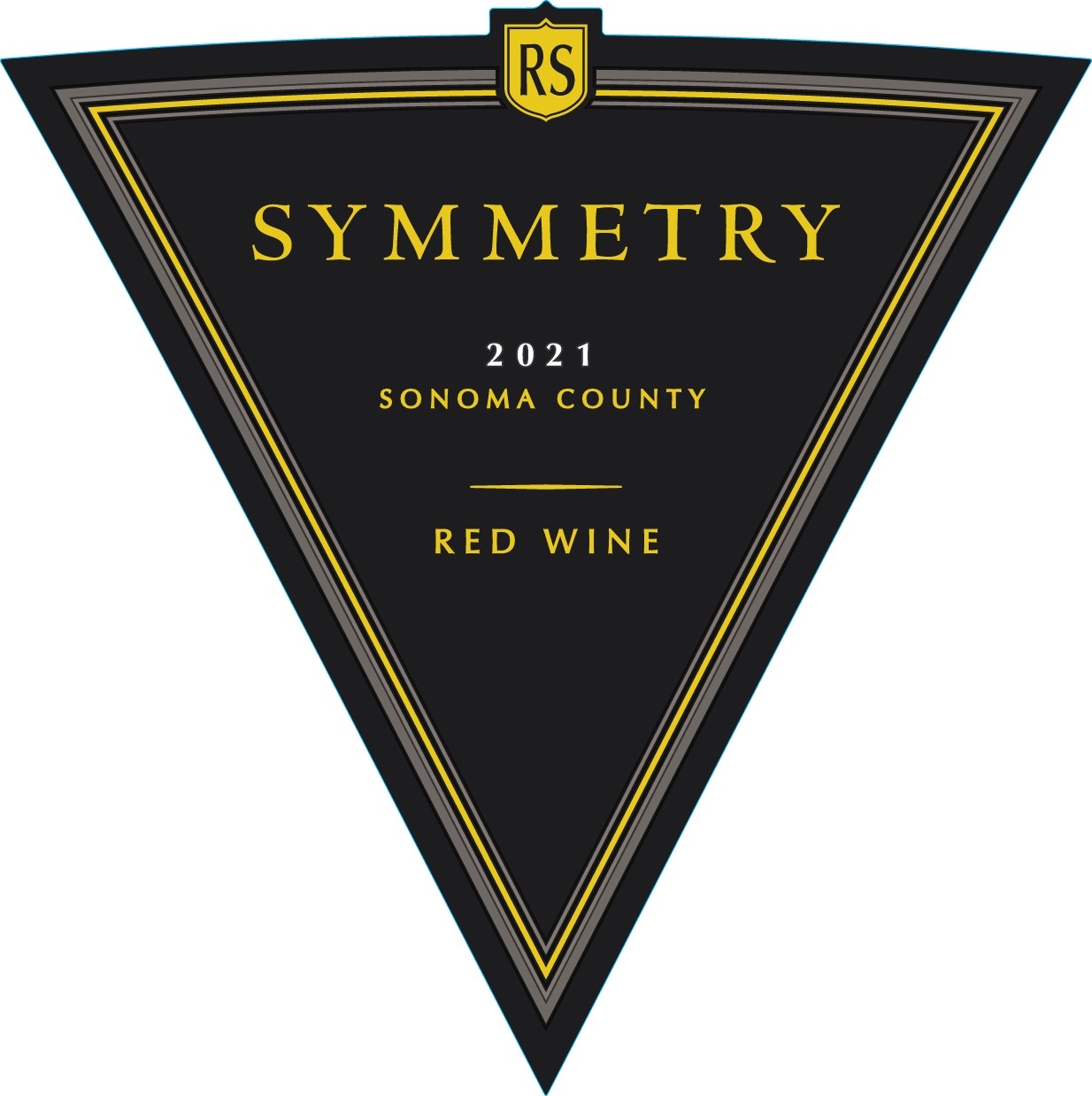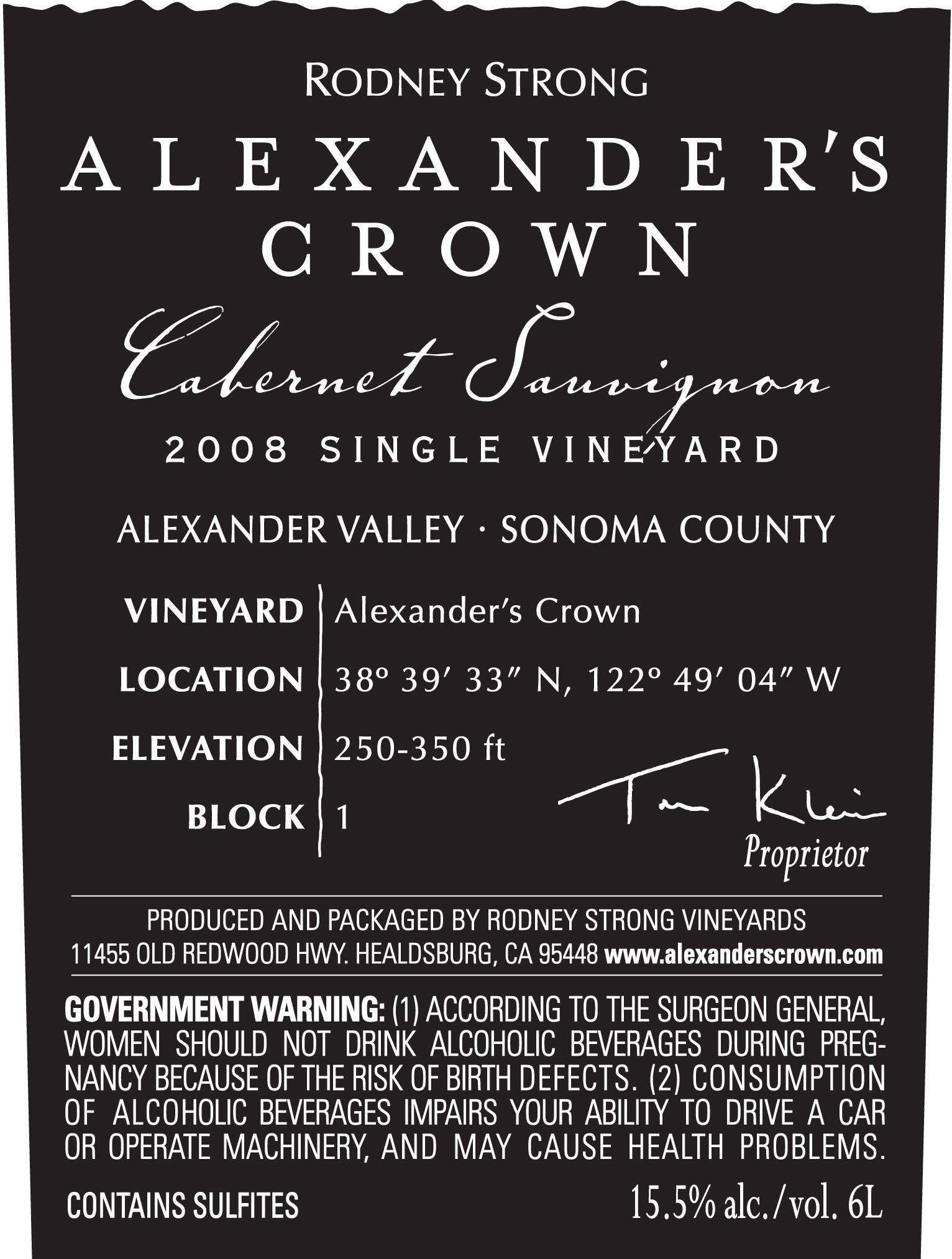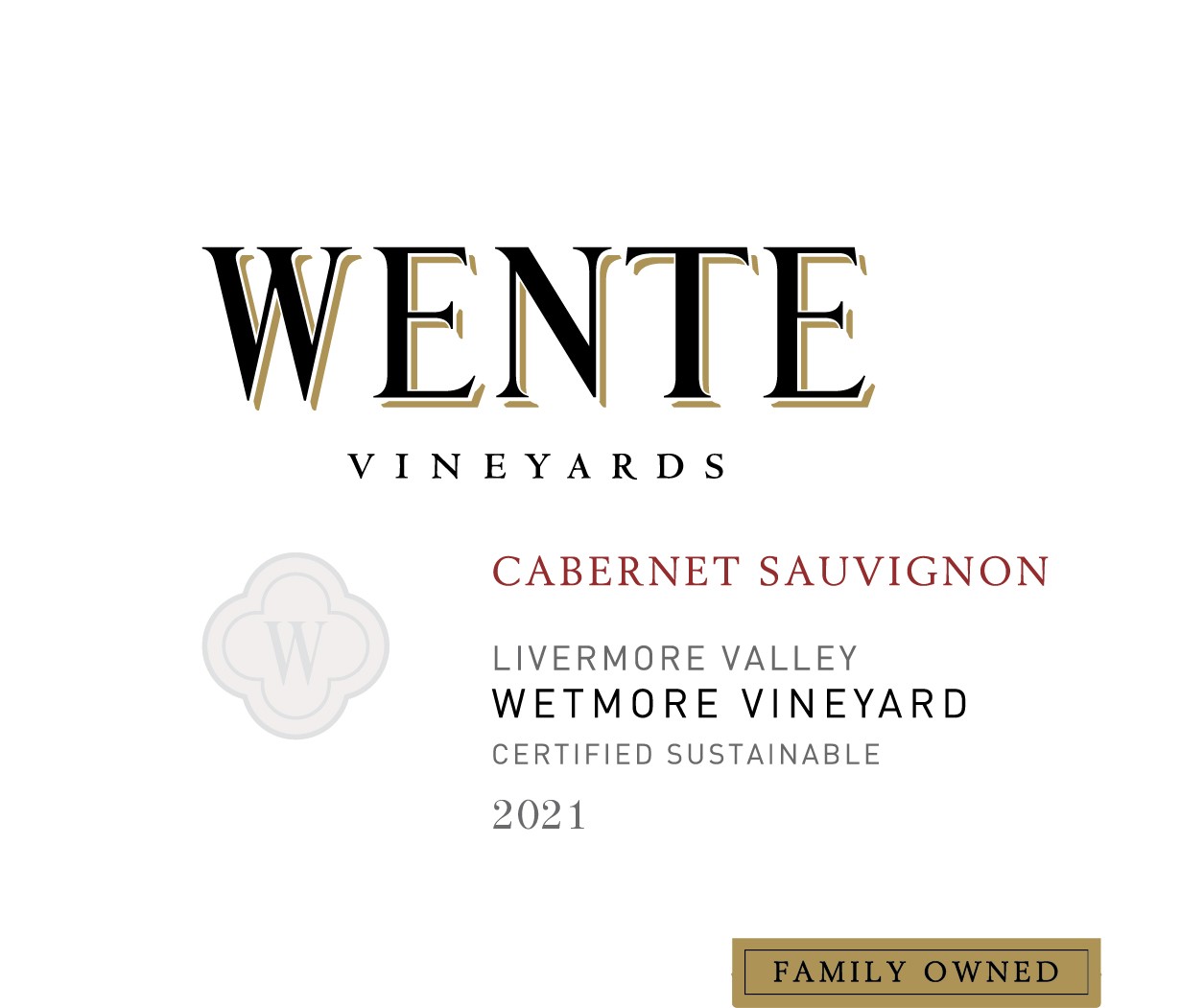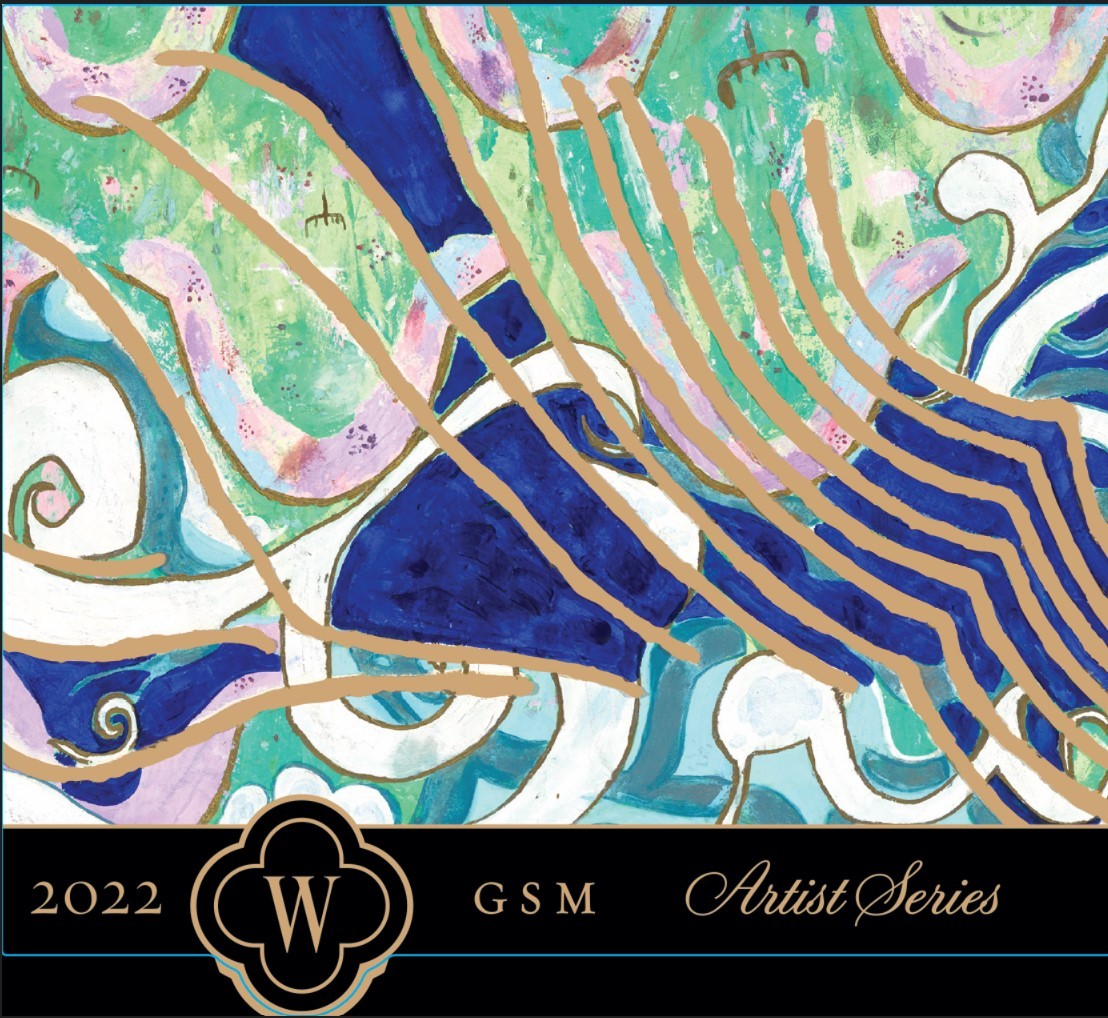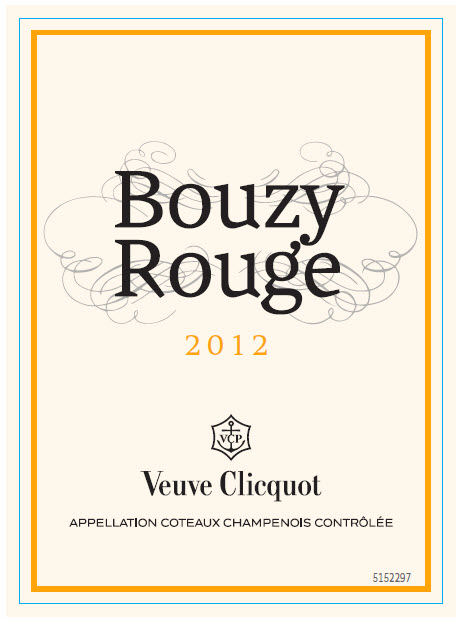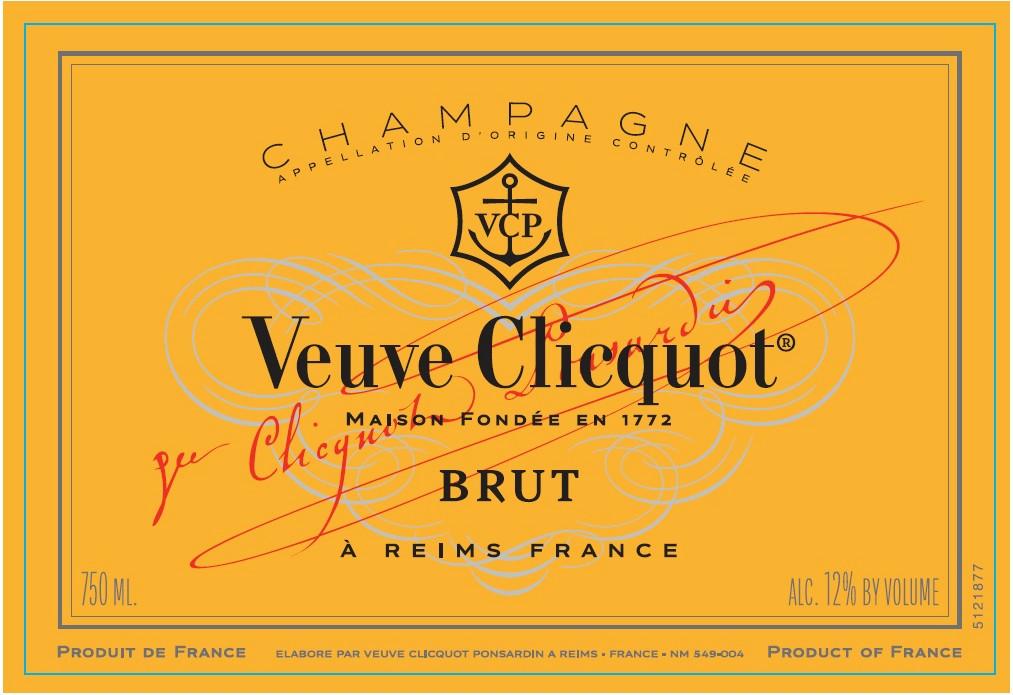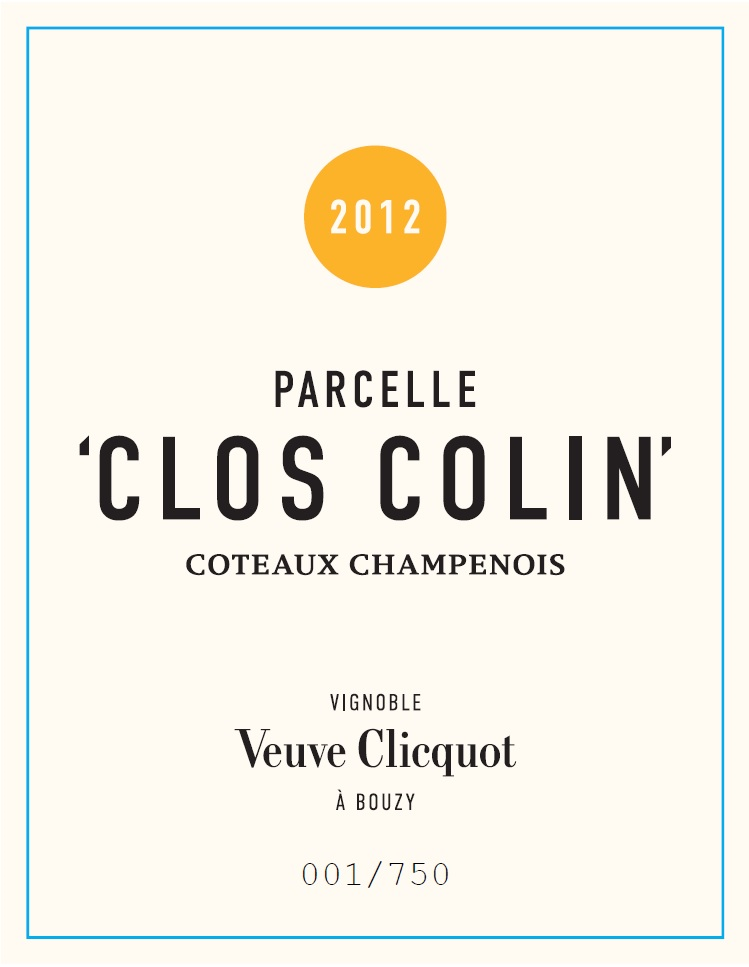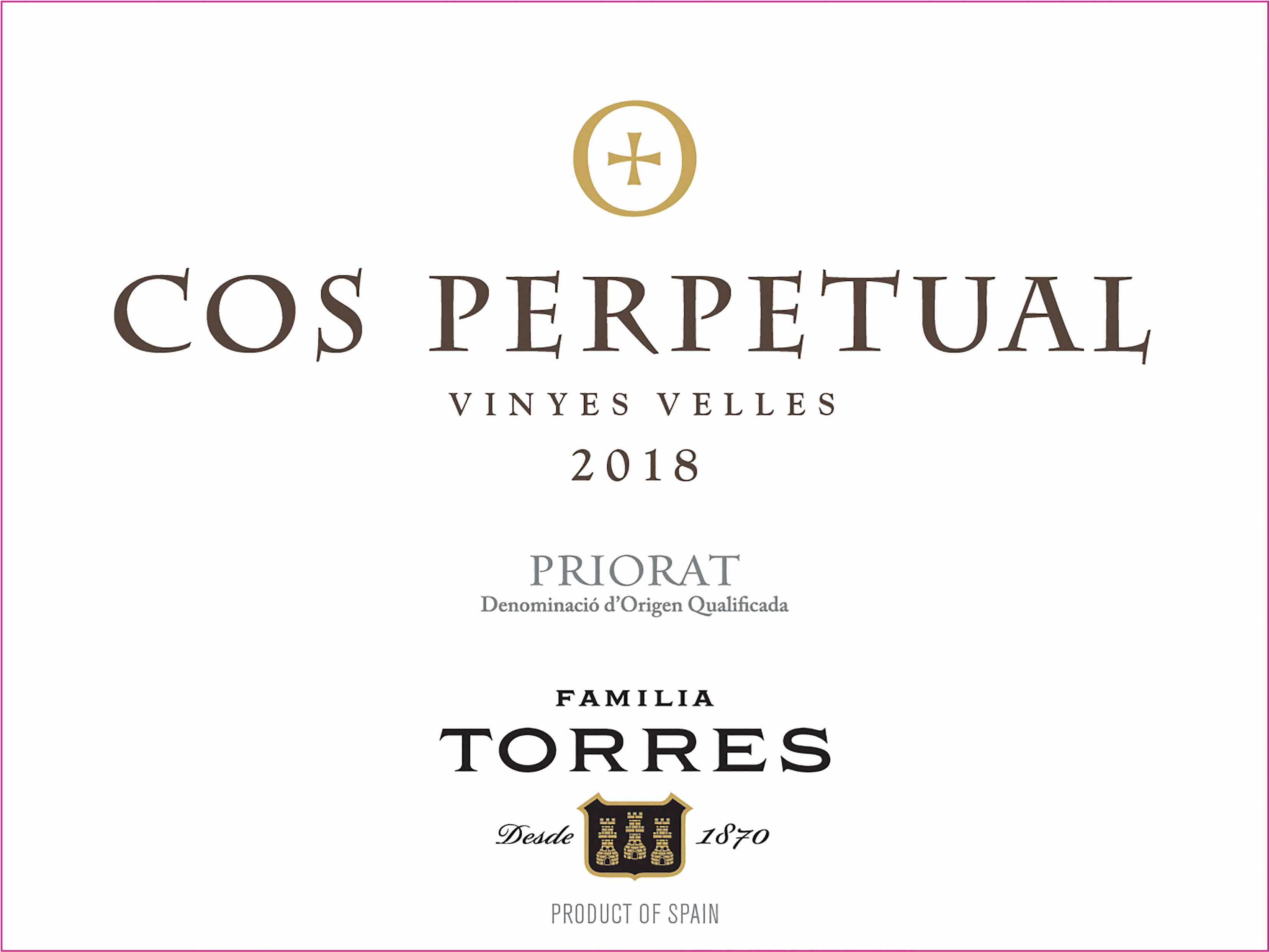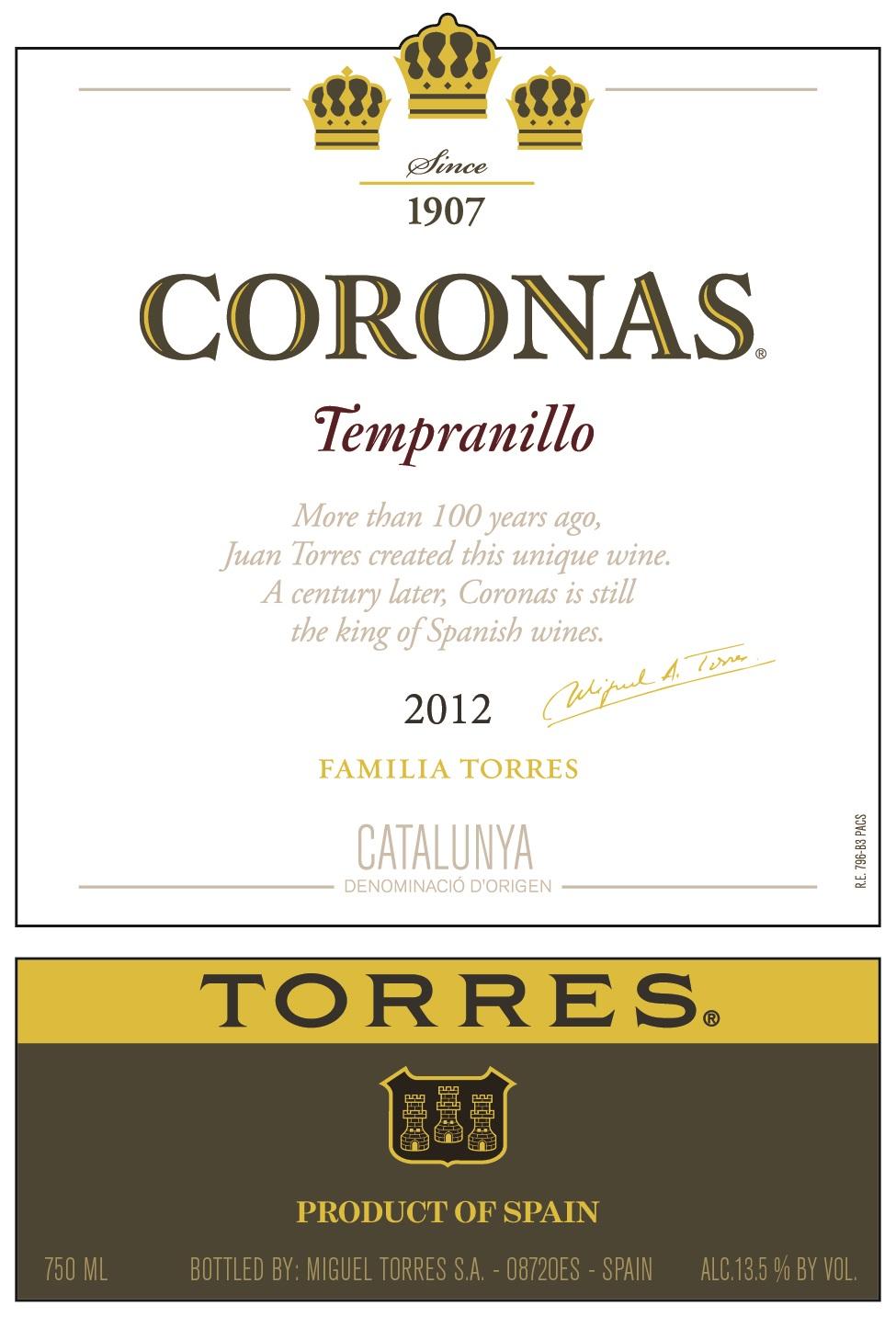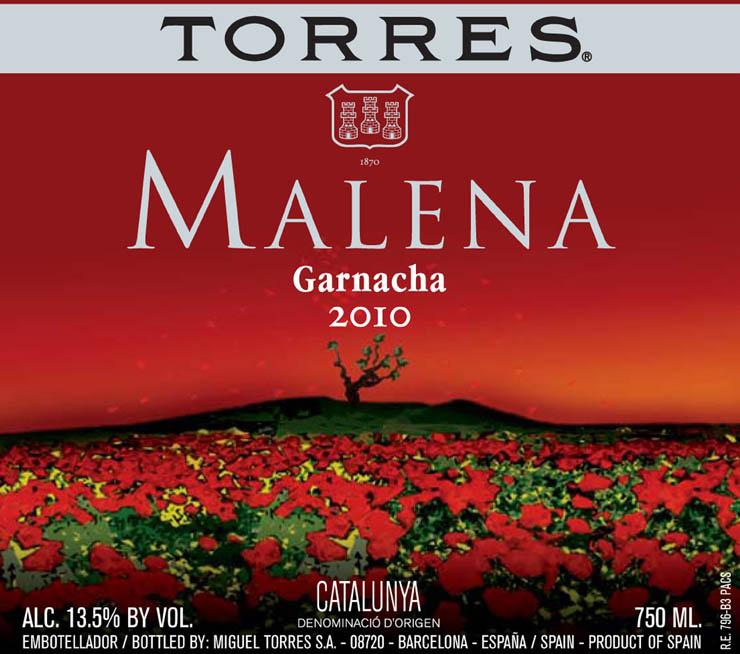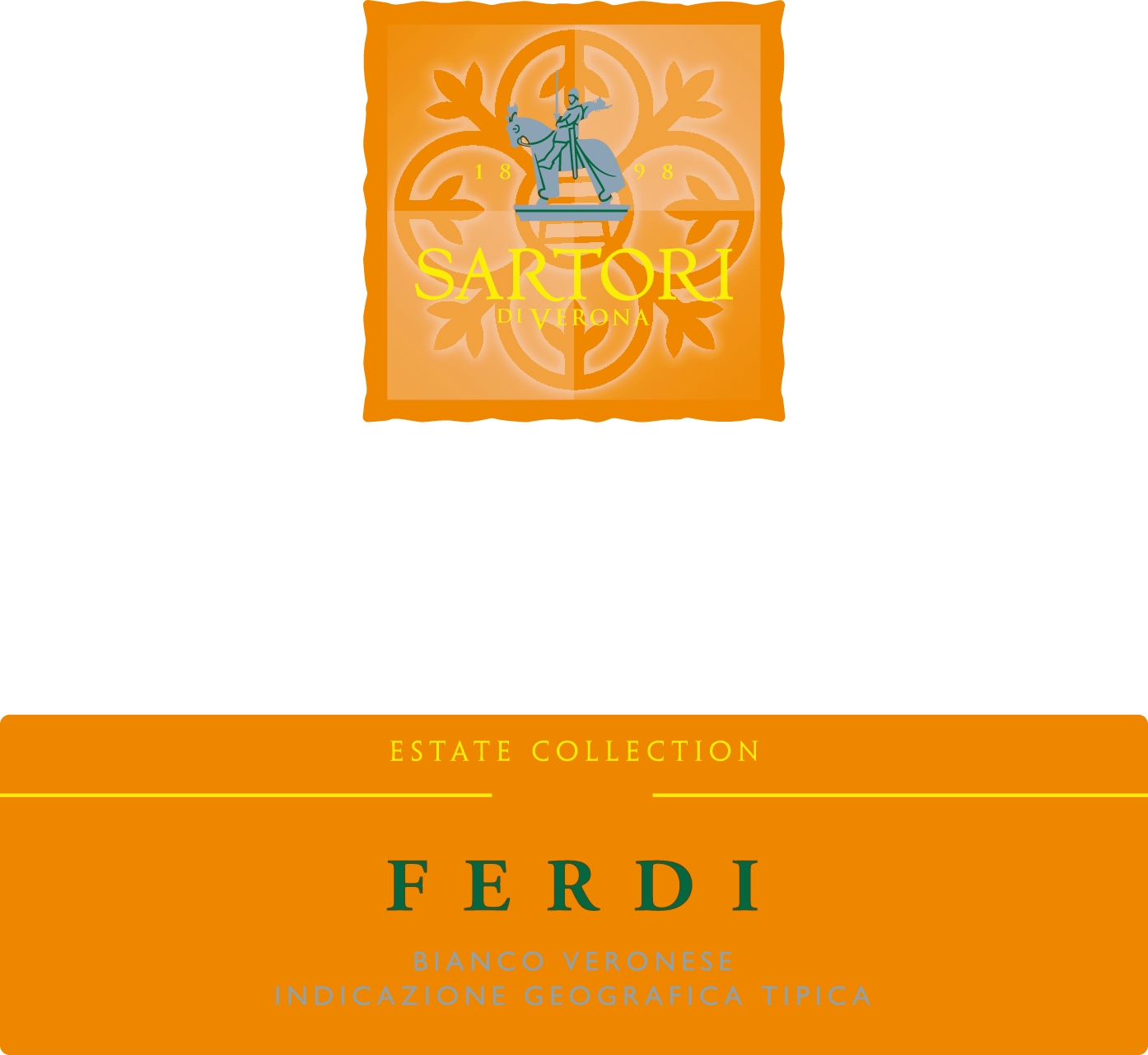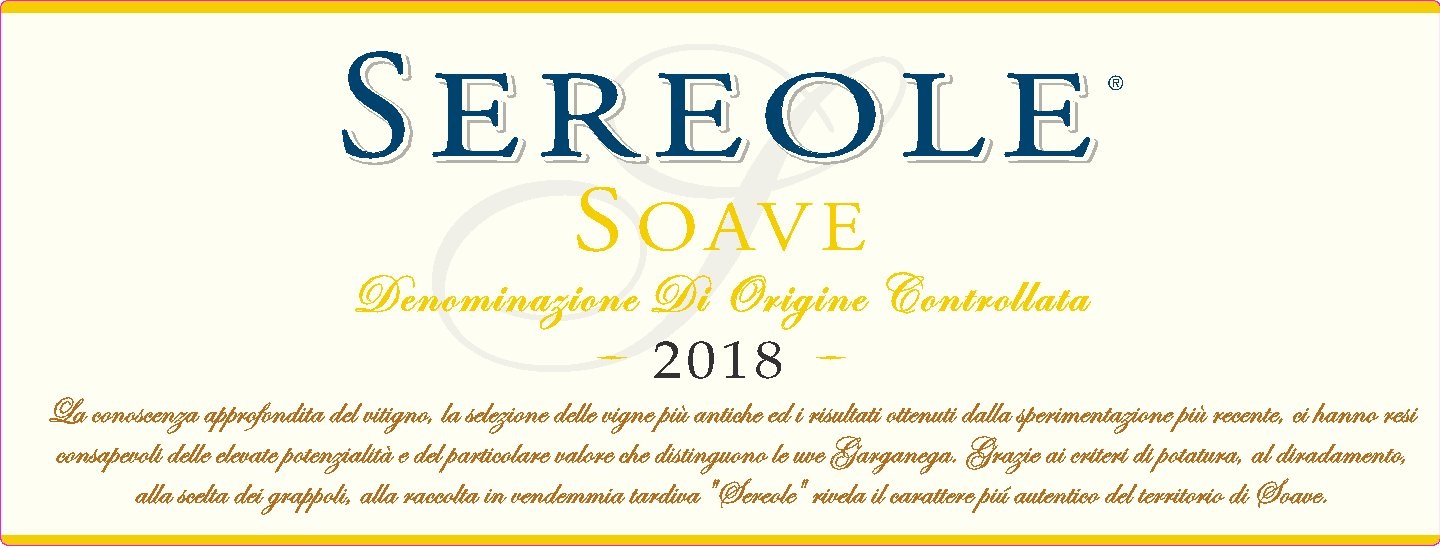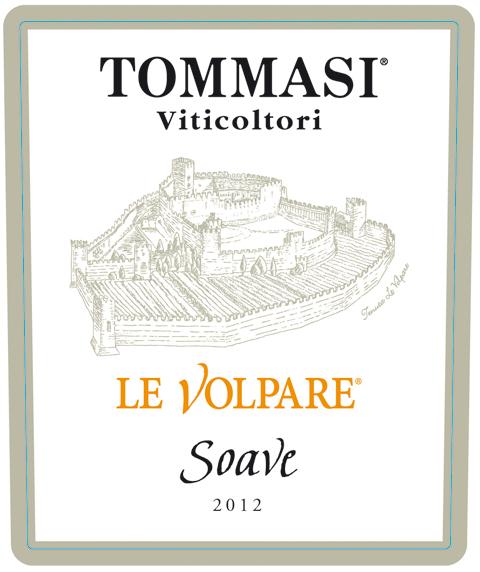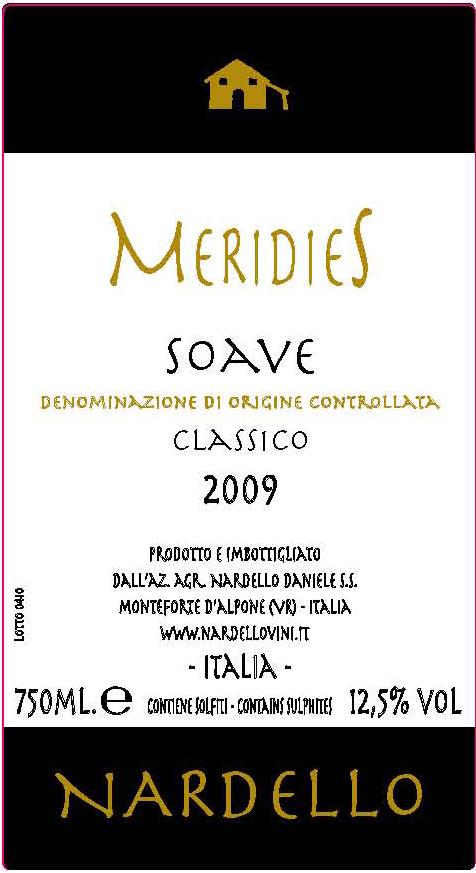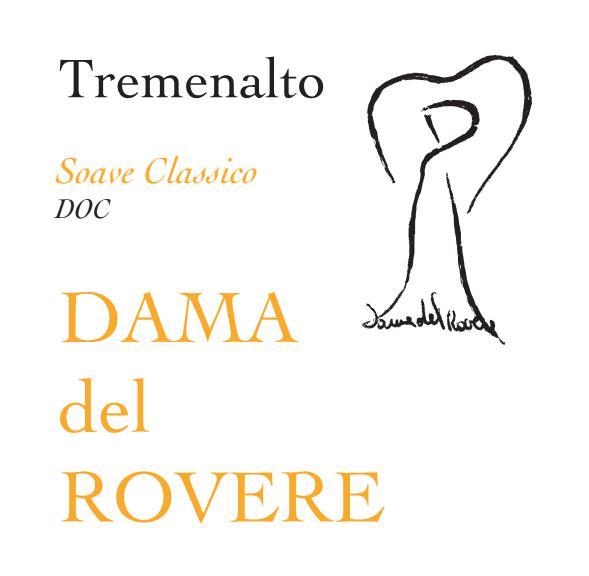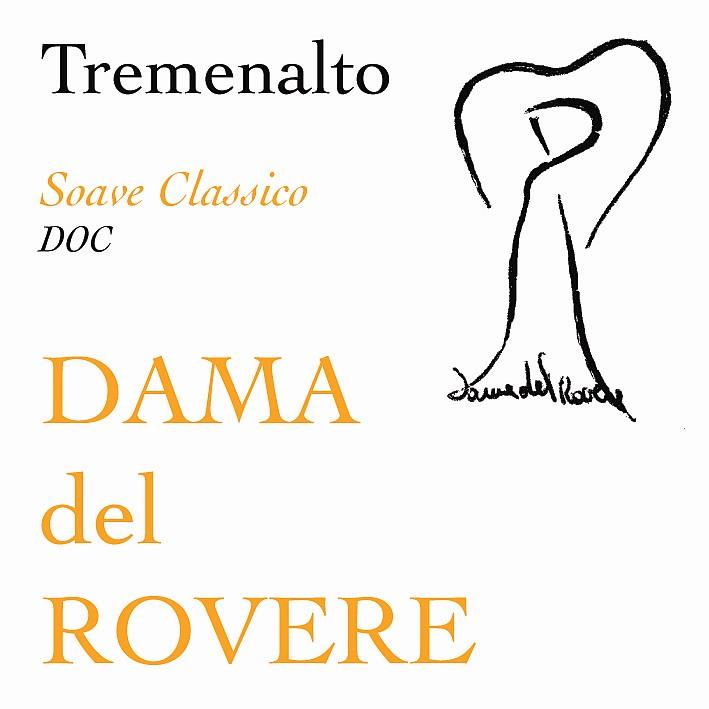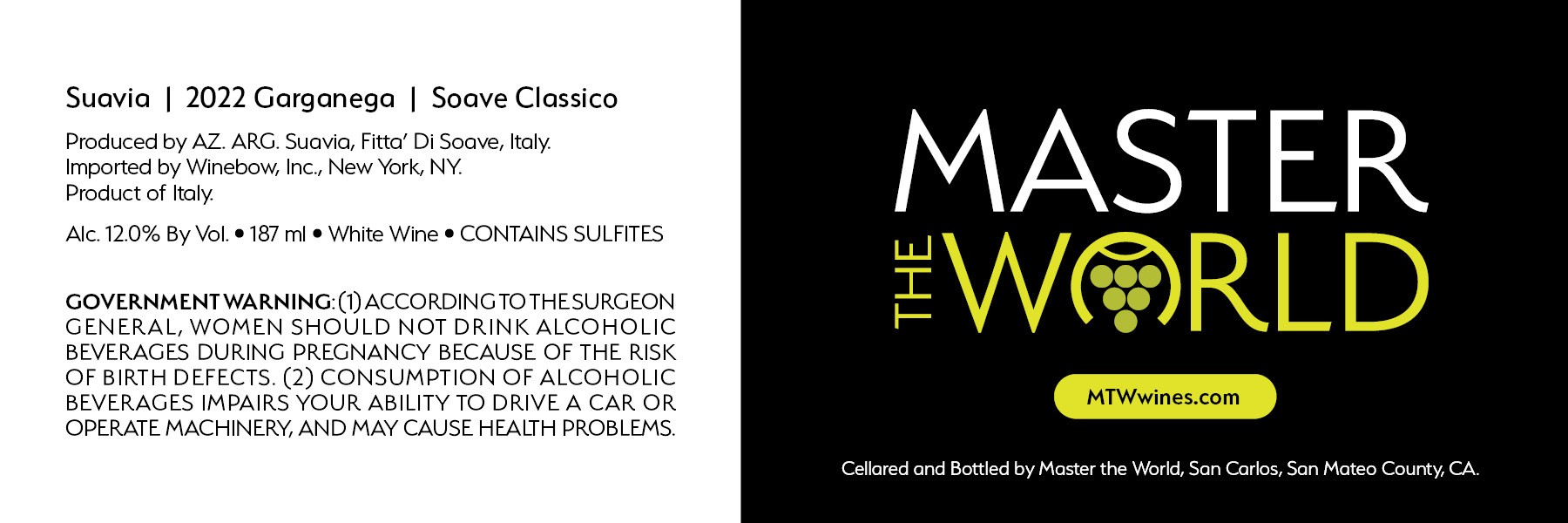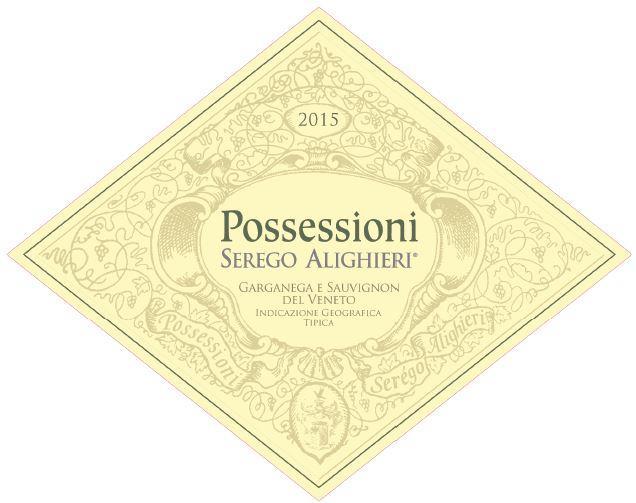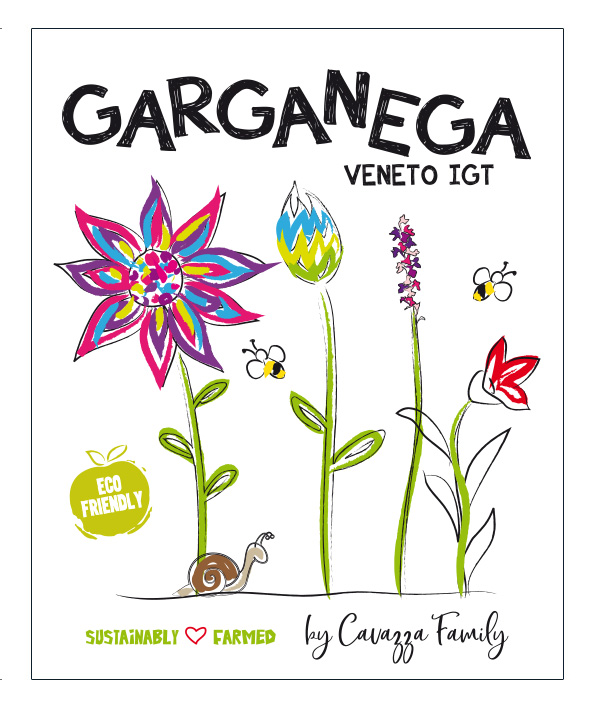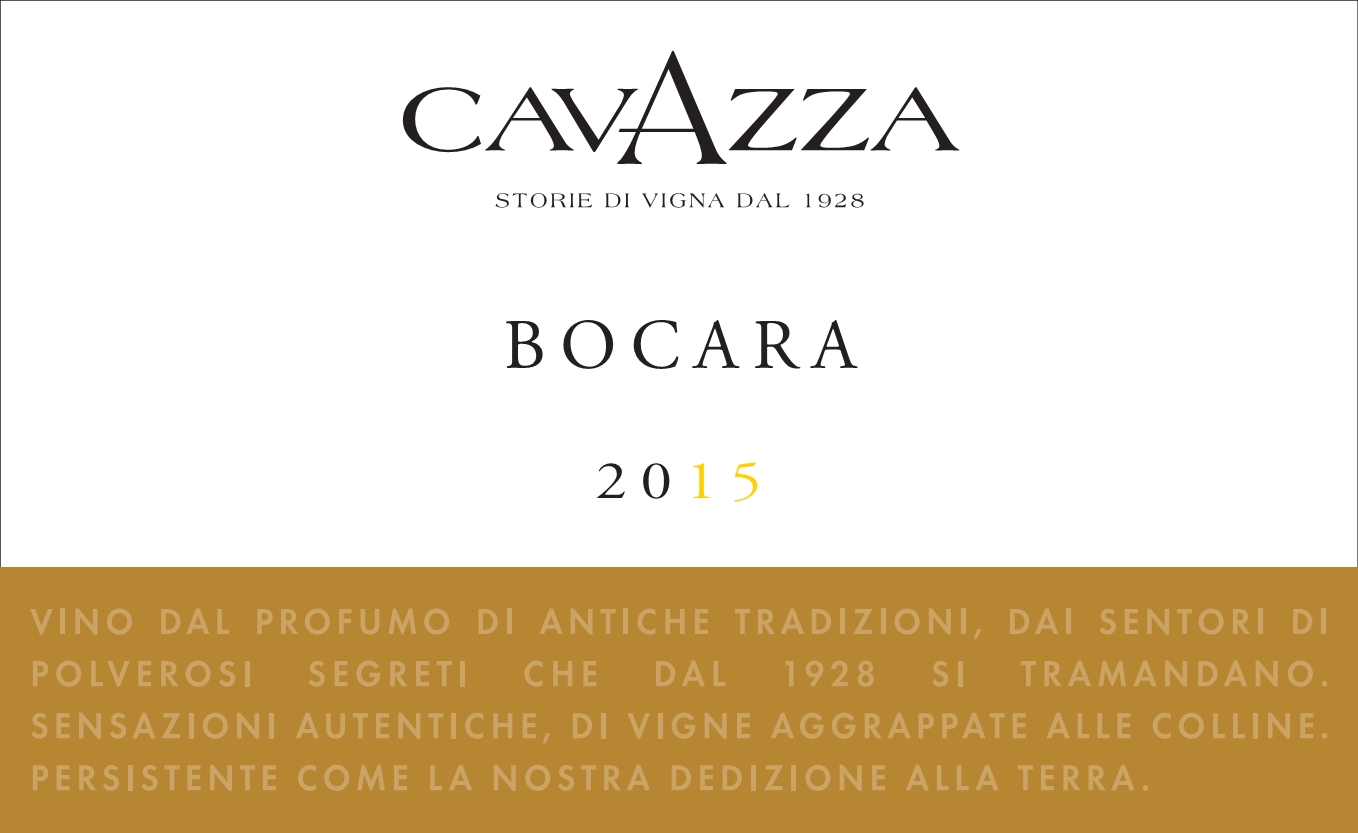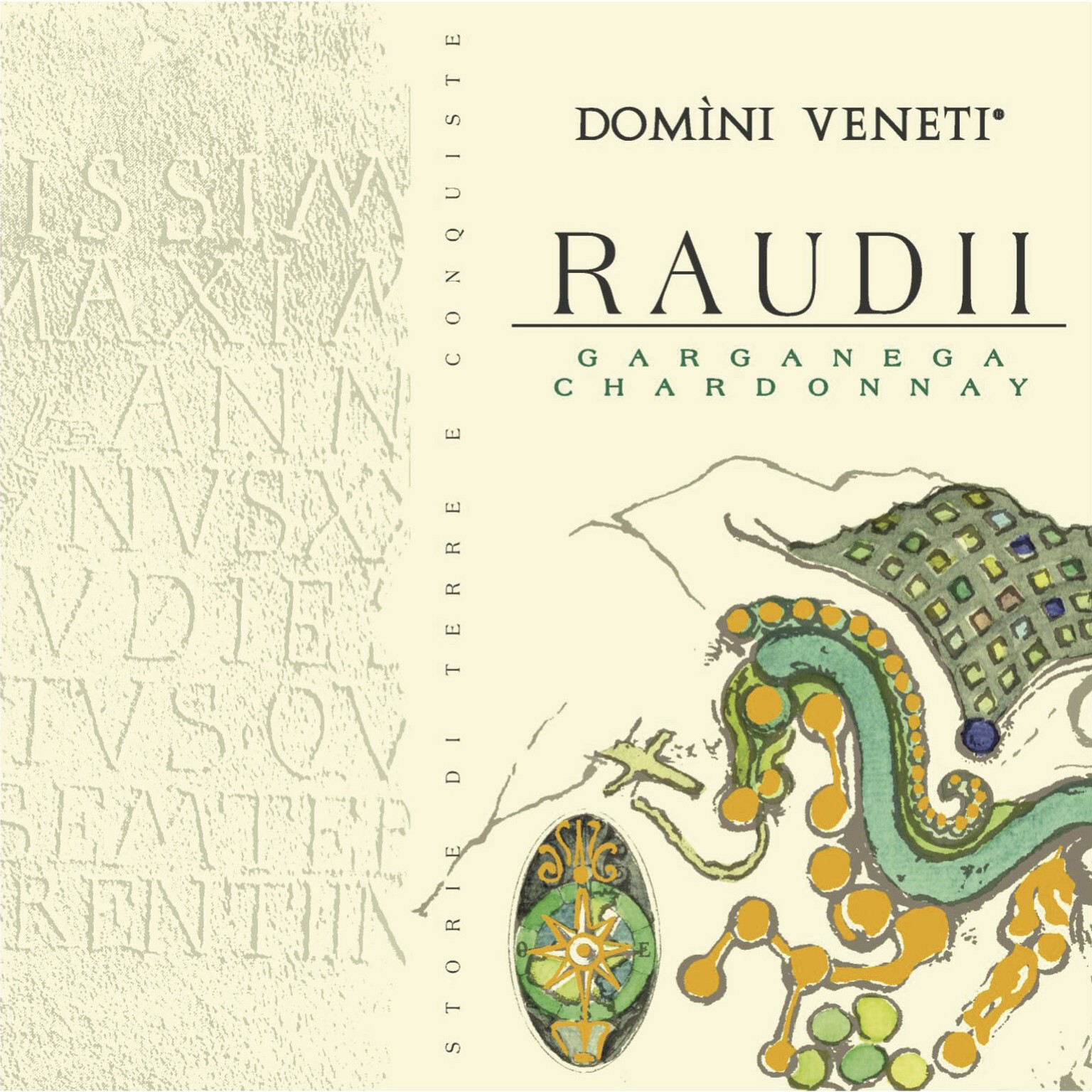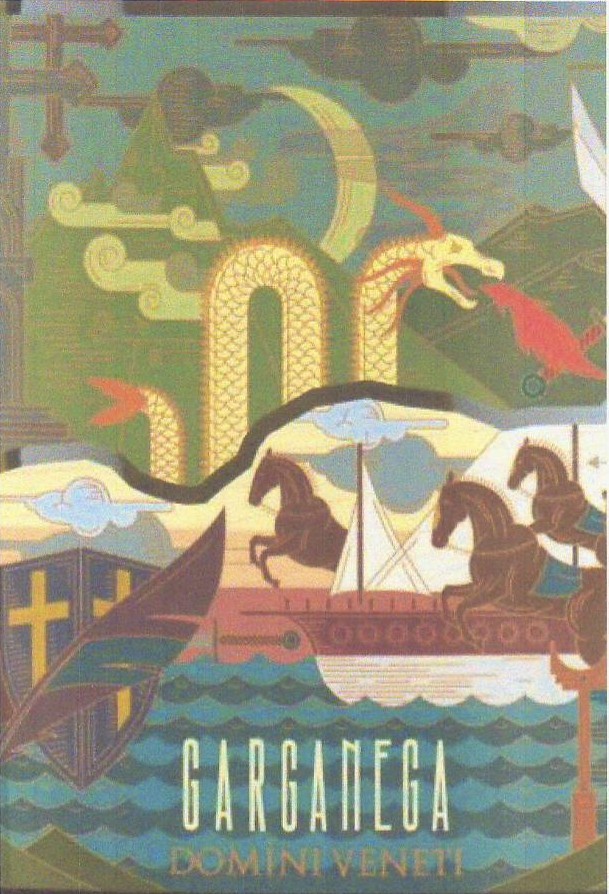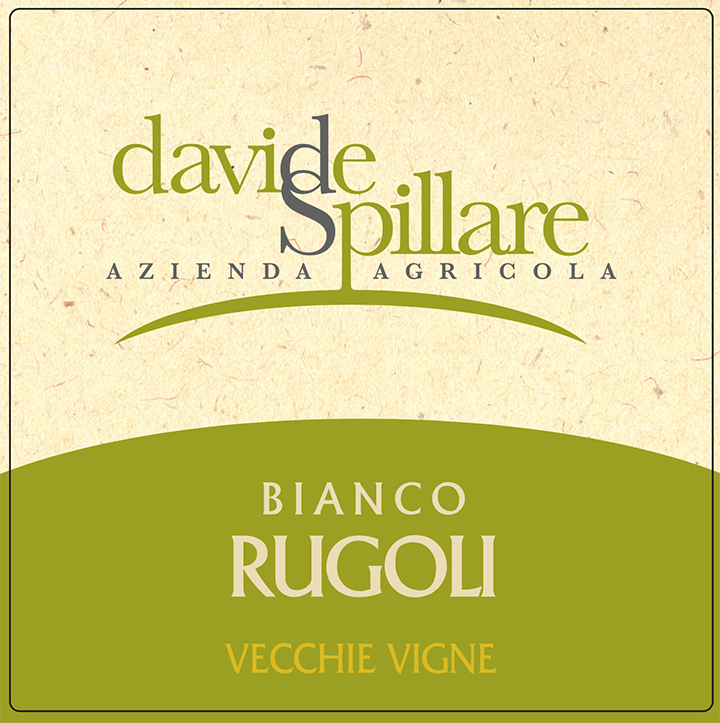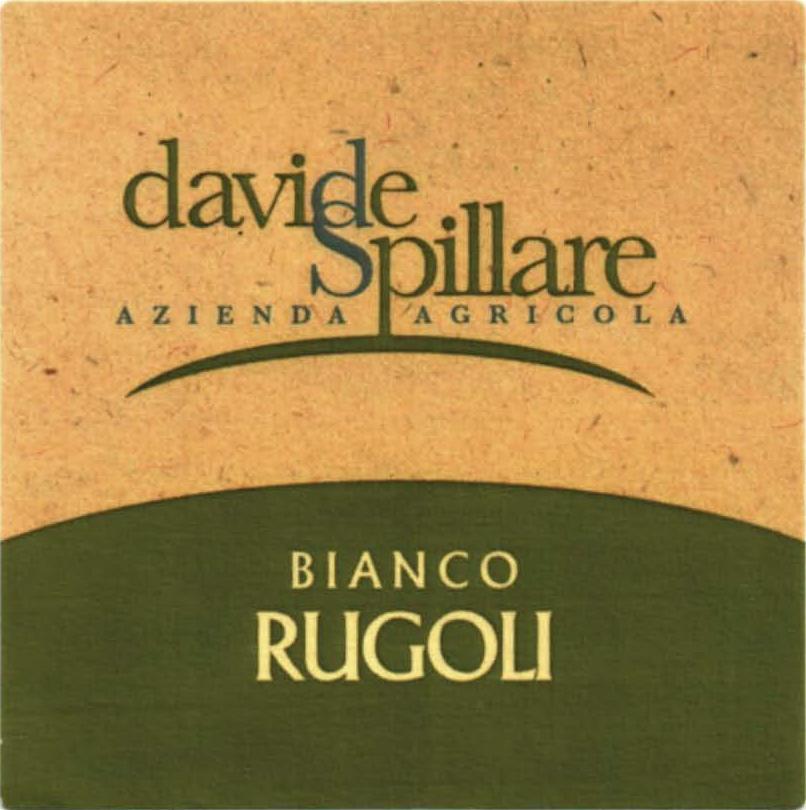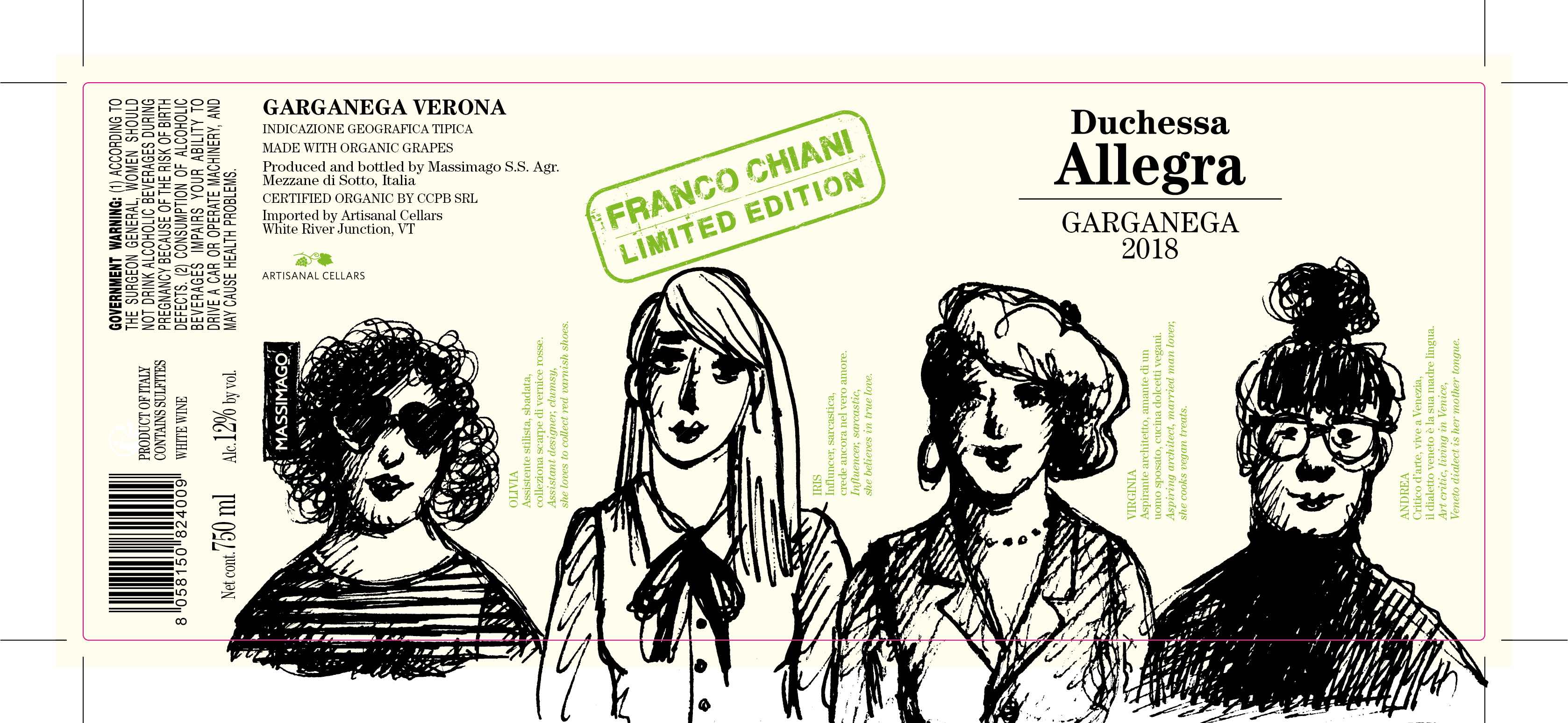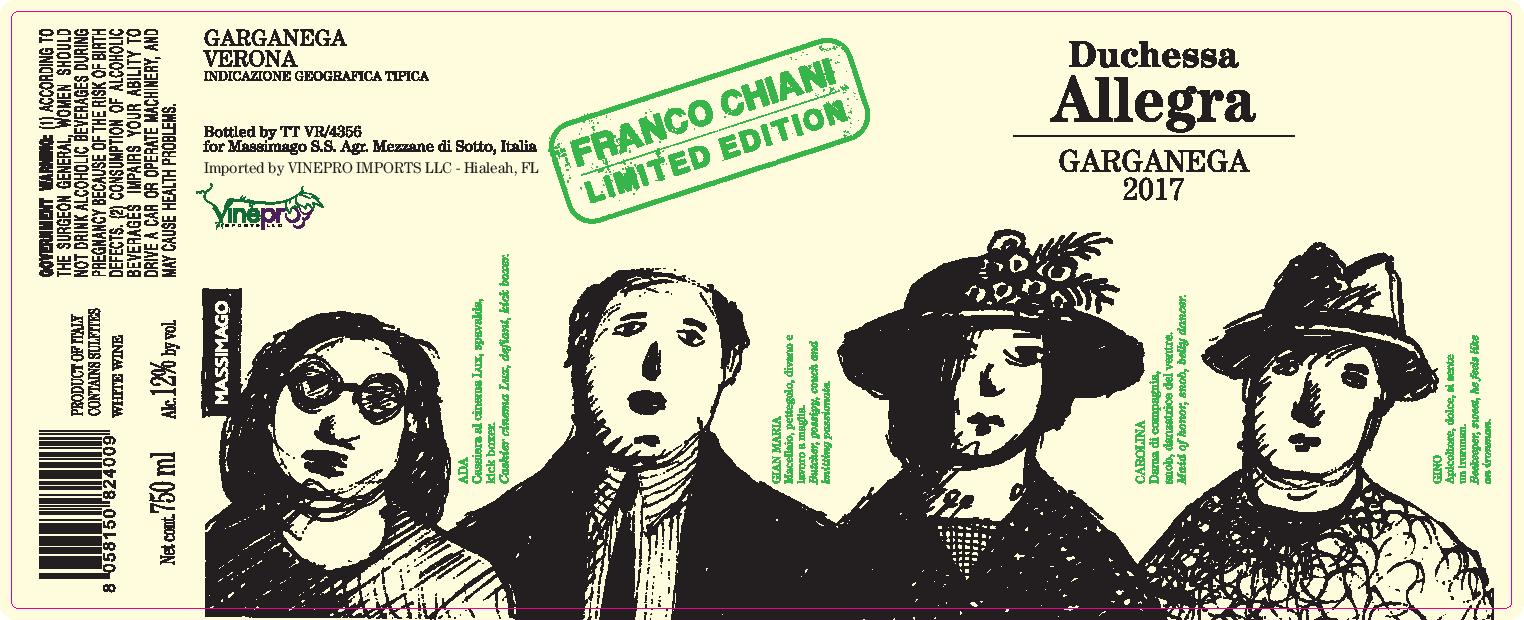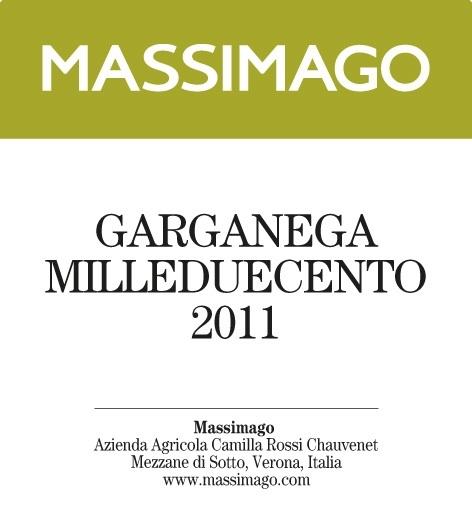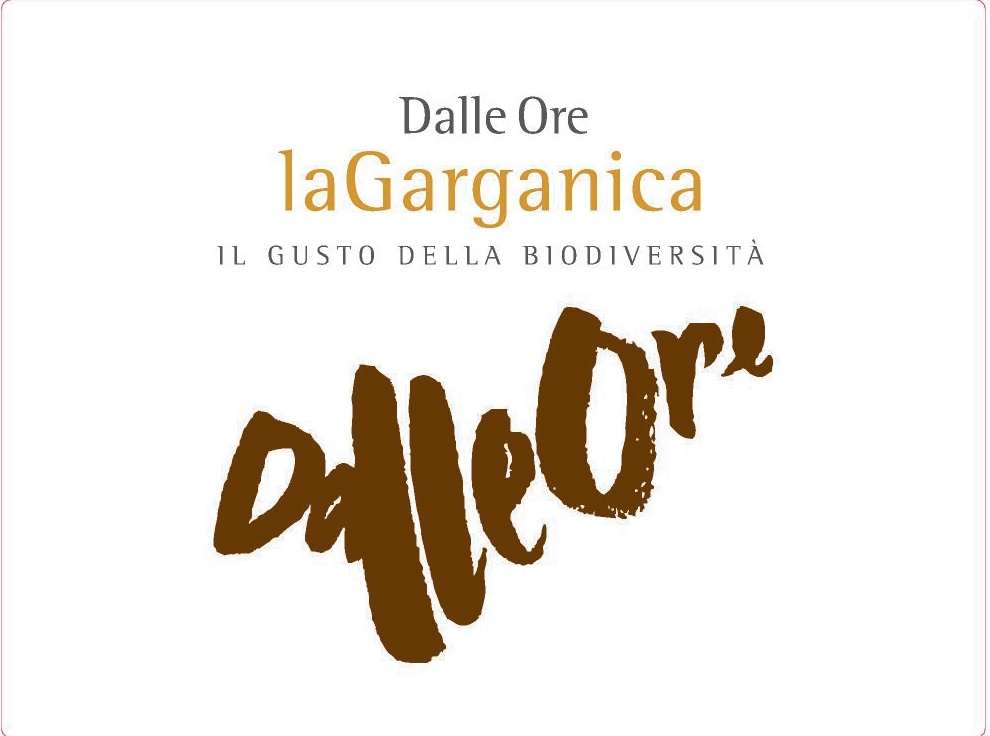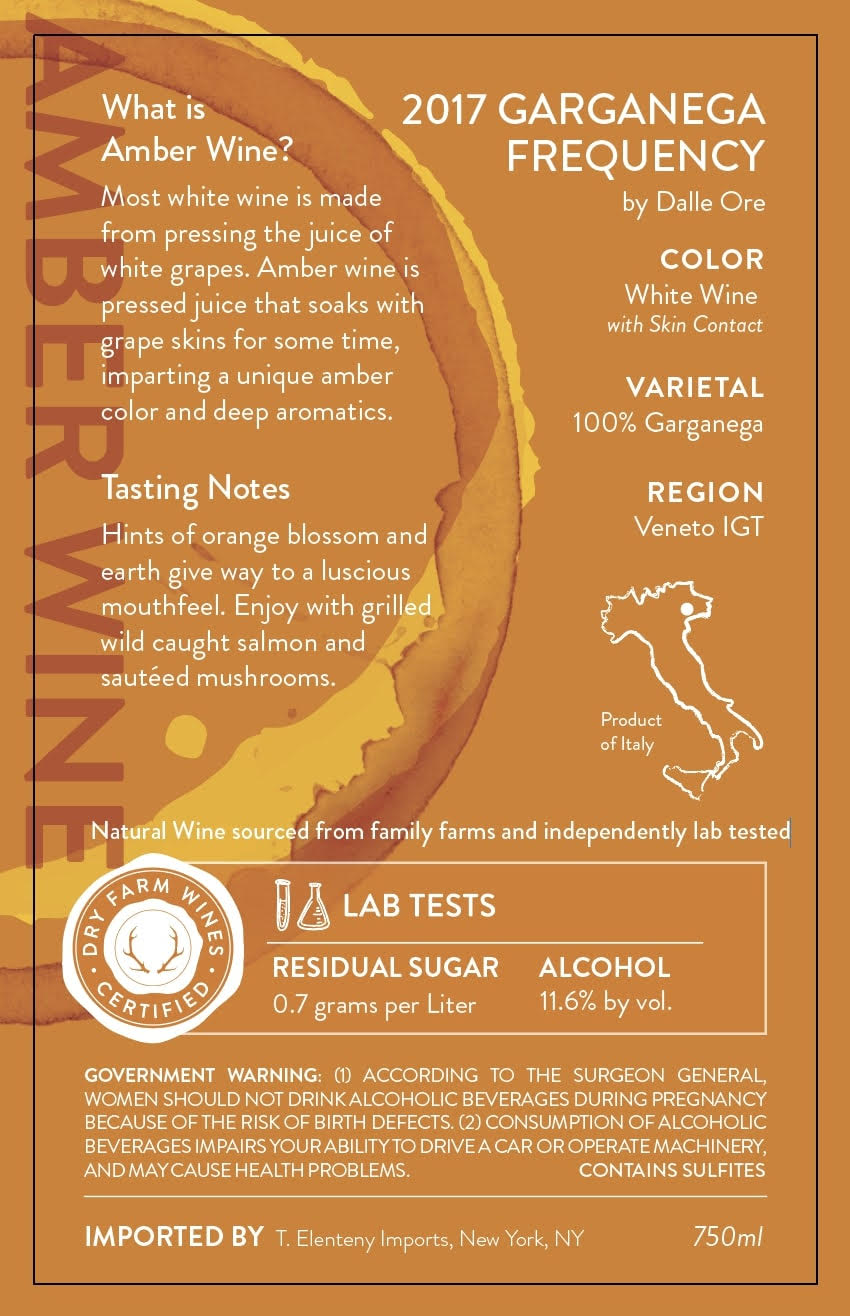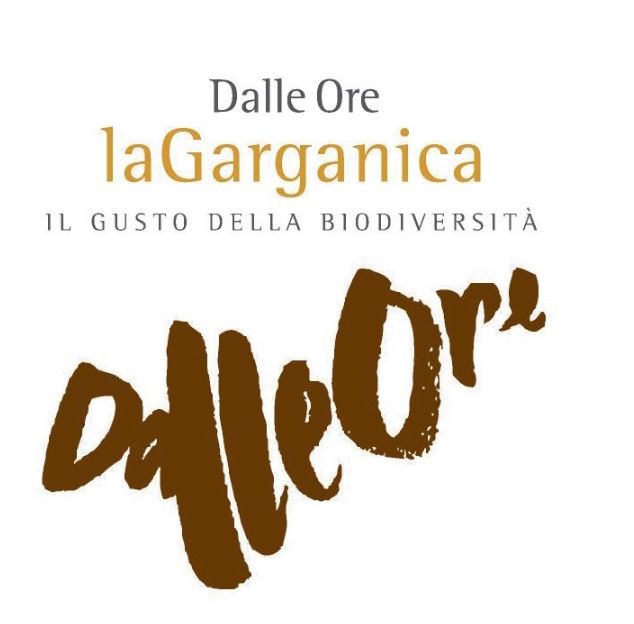Origins and Global Presence of Trebbiano Toscano and Garganega
Trebbiano Toscano / Ugni Blanc: Ancient Roots, Global ReachTrebbiano Toscano traces its beginnings to Italy, with a history that may reach back to Roman times. The grape’s journey from the hills of Tuscany to the vineyards of France is a story of adaptation and resilience. It took on a new identity as Ugni Blanc when it arrived in France in the 14th century, and today it dominates the white grape plantings in Cognac and Armagnac, where it is essential for brandy production.
Beyond its Italian and French heartlands, Trebbiano has found a home in Australia, Argentina, and South Africa, mostly valued for distillation and blending. Its worldwide footprint, from the sun-drenched valleys of Mendoza to the vineyards of Western Australia, is a testament to its versatility and enduring appeal.
Garganega / Grecanico Dorato: Veneto’s Heritage, Sicily’s SunGarganega is deeply rooted in the Veneto region of Northeast Italy, where it has been grown for centuries and is the key grape in Soave and Gambellara. Its Sicilian counterpart, Grecanico Dorato, shares the same genetic identity and thrives on the island’s volcanic soils.
While Garganega is almost exclusively an Italian variety, its influence stretches from the classic vineyards of Verona to the sun-baked hills of Sicily, and even to a few pockets in Umbria and Friuli. The grape’s connection to Malvasia de Manresa in Spain hints at a wider historical journey, but its true home remains in Italy, where it continues to define some of the country’s most beloved white wines.
Flavor Profiles and Characteristics of Trebbiano Toscano and Garganega
In the glass, Trebbiano Toscano and Ugni Blanc are known for their fresh, understated character. The wines are typically light to medium in body, with brisk acidity that makes them feel lively and crisp. Aromas lean toward green apple, lemon, and pear, sometimes accented by subtle floral or herbal notes. The palate is clean and refreshing, rarely showing much complexity, but always delivering a thirst-quenching quality.
Most examples are meant to be enjoyed young, though a few structured versions can develop a touch more depth with short aging. When used in brandy production, Ugni Blanc’s high acidity and neutral flavors are prized for creating a clean, elegant distillate.
Garganega, whether from the rolling hills of Soave or the sunlit vineyards of Sicily, offers a markedly different profile. These wines are medium-bodied with a smooth, sometimes waxy texture and a lively line of acidity. The flavors are generous, often recalling ripe peach, melon, and citrus zest, with a signature note of almond on the finish.
In the best examples, especially those from volcanic soils or older vines, a distinct mineral character and hints of white flowers or honey can emerge. While many Garganega wines are crafted for early enjoyment, top-tier Soave and the luscious, sweet Recioto styles can evolve beautifully with age, gaining layers of complexity and richness.
Food Pairings: Trebbiano Toscano vs. Garganega
The high acidity and clean, subtle flavors of Trebbiano Toscano and Ugni Blanc make them a natural partner for a wide range of dishes, especially those that benefit from a refreshing, palate-cleansing wine. Classic pairings include an array of seafood—think grilled white fish, shrimp scampi, or delicate shellfish—where the wine’s crispness highlights the freshness of the dish. Light pasta dishes, such as spaghetti with lemon and herbs or pasta primavera, are also excellent matches, as the wine’s acidity balances the flavors without overpowering them. For poultry, simple preparations like roast chicken or turkey breast allow the wine’s gentle fruit and floral notes to shine.
-
Seafood: Grilled fish, shrimp, calamari, seafood salads
-
Pasta: Vegetable pasta, oil-based sauces, light cheese sauces
-
Poultry: Roasted or grilled chicken, turkey
-
Salads: Green salads, Caprese, citrus-dressed salads
-
Cheese: Fresh mozzarella, ricotta, young goat cheese, Pecorino
Thanks to its lively acidity, Trebbiano/Ugni Blanc is also adept at handling dishes with a bit more richness or spice, such as fried appetizers or even mildly spicy cuisine, making it a reliable choice for Mediterranean-inspired meals and beyond.
Garganega’s versatility in both dry and sweet styles opens up a world of pairing possibilities. Dry Soave and Gambellara wines, with their mineral notes and balanced acidity, are outstanding with seafood—mussels, scallops, and grilled prawns all find a perfect match. These wines also shine alongside risottos, especially those featuring spring vegetables or seafood, and creamy pasta dishes like chicken Alfredo or gnocchi with shellfish. Their subtle fruit and herbal undertones complement roasted vegetables, light omelets, and salads with fresh herbs or citrus dressings.
-
Seafood & Shellfish: Mussels, scallops, clams, sushi, seafood risotto
-
Pasta & Risotto: Vegetable risotto, pasta with pesto, creamy sauces
-
Poultry & White Meats: Roast chicken, turkey, pork, veal scaloppini
-
Vegetables: Roasted asparagus, pumpkin soup, herbed salads
-
Cheese & Appetizers: Mild cheeses, antipasti, cured meats
For the luscious, sweet Recioto styles, pairings shift to desserts and rich cheeses. Almond cookies, Italian pastries, blue cheeses, and even foie gras are elevated by the wine’s sweetness and vibrant acidity. Garganega’s adaptability ensures it can enhance everything from a light lunch to a decadent dessert course.
Where Are Trebbiano Toscano and Garganega Grown
Trebbiano Toscano / Ugni Blanc: Where It Thrives
Garganega / Grecanico Dorato: Key Growing Regions
-
Veneto, Italy (Soave and Gambellara): The spiritual home, where Garganega defines the character of these celebrated DOC wines.
-
Sicily (as Grecanico Dorato): Thrives in the island’s sun-drenched vineyards, especially on the volcanic soils near Mount Etna, and is genetically identical to Garganega.
-
Umbria and Friuli-Venezia Giulia, Italy: Found in smaller plantings, where it contributes to regional blends and varietal wines.
Which Wine Is Right for You?
Trebbiano Toscano (Ugni Blanc) and Garganega each bring something special to the table, making them suited to different tastes and occasions:
-
Choose Trebbiano Toscano / Ugni Blanc if you appreciate crisp, clean white wines with subtle fruit flavors and lively acidity. This is a great pick for those who enjoy refreshing, uncomplicated wines that pair effortlessly with seafood, salads, and light pasta dishes. If you prefer wines that are easy-drinking and best enjoyed young, Trebbiano/Ugni Blanc is a reliable choice for everyday meals or casual gatherings.
-
Choose Garganega if you’re drawn to fuller-bodied whites with ripe fruit, a smooth texture, and a touch of complexity. Garganega’s versatility shines in both fresh, mineral-driven Soave and richer, age-worthy styles, including the sweet Recioto wines. If you like wines that offer more depth, can handle creamy sauces or roasted vegetables, and even pair well with desserts, Garganega is likely to impress.
Tasting both varietals from their classic regions—Italy for Trebbiano Toscano and Veneto or Sicily for Garganega—will help you discover which style suits your palate and the foods you love most.








